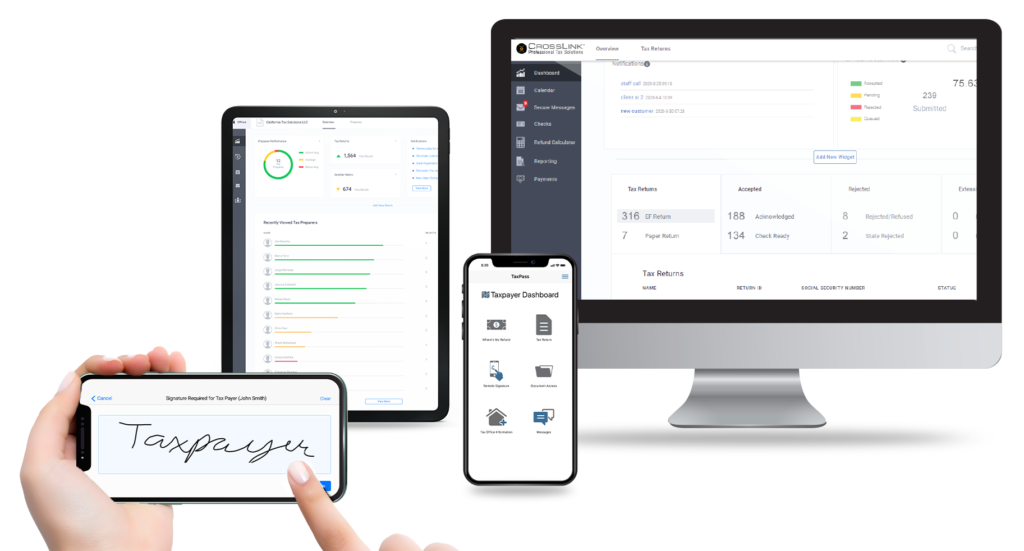Tax Preparer’s Guide to Understanding the Head of Household Filing Status
The Head of Household Filing Status is included as part of a tax preparer’s due diligence requirements. If a tax preparer’s client claims the head household filing status on their return, the preparer may be penalized if they fail to meet the due diligence requirements for the Head of Household filing status. Therefore, it is important to understand when the Head of Household filing status may be used by a taxpayer and what supporting documentation you may need to obtain from the taxpayer to prove they are eligible to use this filing status.
What is the Head of Household filing status?
The Head of Household filing status allows taxpayers who have children or other qualifying dependents, whom they cover over half the living costs during the year, claim a higher standard deduction and therefore get taxed at a lower rate than those who file as Married Filing Separately or Single.

Head of Household Requirements
An individual must meet the following to qualify to use the Head of Household Filing Status:
- They are divorced, legally separated, or considered unmarried on the last day of the year.
- They must file a separate federal individual income tax return.
- They paid more than half the cost of keeping a home for the year.
- A qualifying person must have lived with the individual in the home for more than half the year.
- If the qualifying person is their child, they must be able to claim the child as their dependent.
Can you file head of household if you are married?
If the individual was not divorced or legally separated at the end of the year, they still may be considered unmarried for head of household purposes if:
- Their spouse did not live in the individual’s home for the last 6 months of the tax year.
- The individual’s spouse was a nonresident alien at any time during the year and the election to treat them as a resident alien was not made.
What is a Qualifying Person for Head of Household?
The following are considered a qualifying person for head of household purposes:
- A child is a qualifying person if:
- They were the individual’s son, daughter, step-child, foster child, brother, sister, half-brother, half-sister, stepbrother, stepsister, or a descendent of any of them.
- They were under the age of 19 or under the age of 24 if they are a student.
- They lived with the individual for more than half of the year.
- The child must not have provided more than half their support for themselves.
- They were not filing a joint return for the year.
- A relative is a qualifying person if:
- They lived with the individual more than half the year, they can be claimed as a dependent, and were related to the individual in the following way:
- The person is their father, mother, grandparent, or other direct ancestor (but not a foster parent)
- The person is their stepfather or stepmother
- The person is a son or daughter of their half-brother or half-sister
- The person is a brother or sister of their father or mother
- The person is their son-in-law, daughter-in-law, father-in-law, mother-in-law, brother-in-law, or sister-in-law.
- The relative’s income for the year must be less than $4,400.
- The taxpayer provided more than half the relative’s total support for the year.
- The relative is not the individual’s qualifying child or the qualifying child of another person.
- They lived with the individual more than half the year, they can be claimed as a dependent, and were related to the individual in the following way:

Due Diligence for Head of Household Filing Status
The IRS has provided examples of which supporting documents that the preparer can ask the taxpayer to provide in order to ensure that they are eligible for this filing status and that the tax preparer is meeting their due diligence requirements on Form 886-H-HOH (Supporting Documents to Prove Head of Household Filing Status). It gives examples for the marriage test, qualifying person test, and the cost of keeping a home test.
For more details, see the following:
- IRS Publication 501 (Dependents, Standard Deduction, and Filing Information) – Pages 8 – 10.
- Form 1040 instructions – Page 13
- Publication 4687 (Paid Preparer Due Diligence)
- IRS Preparer Due Diligence page on EITC Central
CrossLink Tax Software

CrossLink is the industry’s leading professional tax software solution for high-volume tax businesses. Built based on the needs of busy tax offices and mobile tax preparers that specialize in providing their taxpayer clients with fast and accurate tax returns, CrossLink has been a trusted software solution since 1989. CrossLink’s in-depth tax calculations, advanced technological features, and paperless solutions allow you to prepare the most complicated tax returns with confidence and ease while providing your customers an unparalleled experience.
